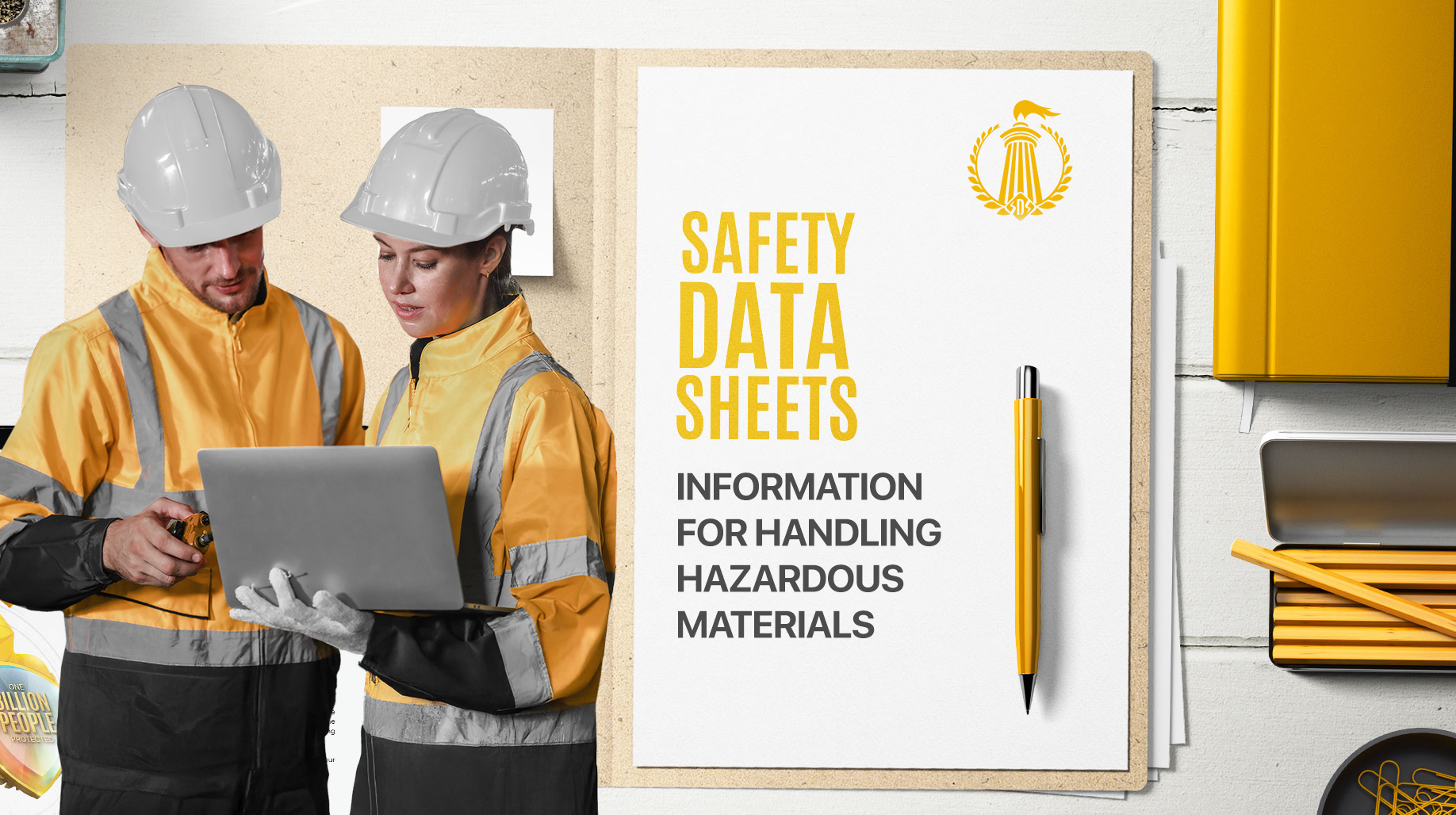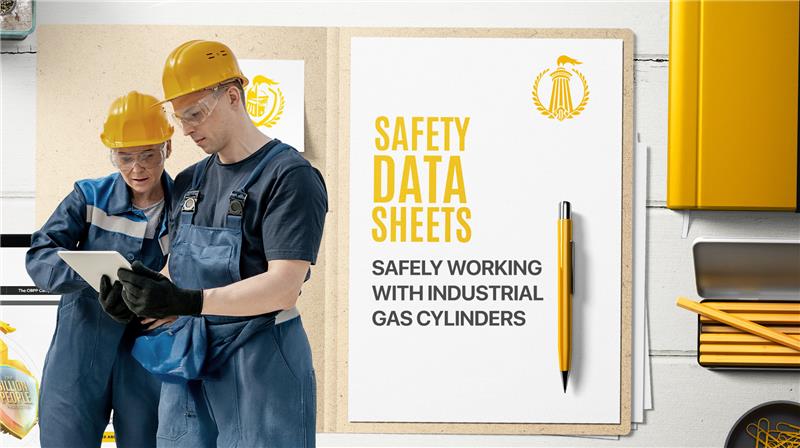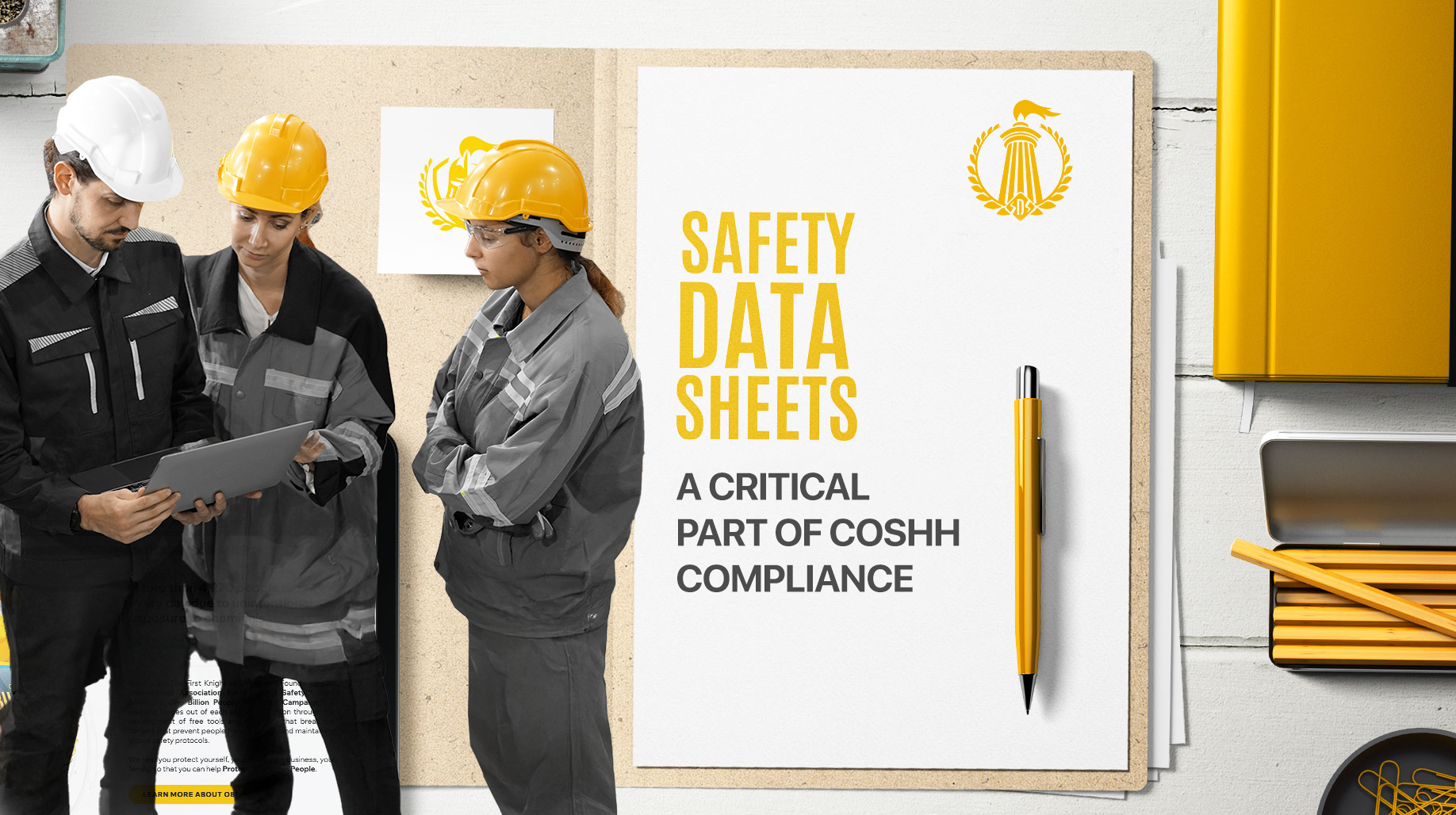
A Safety Data Sheet (SDS) is an important document that provides data on the properties of a hazardous substance. It includes information on the hazards posed by that substance and the steps that should be taken to avoid or mitigate those hazards. SDSs are an important part of chemical safety and are required by law in many jurisdictions. The relevant SDS must be readily accessible to all employees exposed to the hazard. It is also important that employees receive training on how to read and understand the SDS.

A Safety Data Sheet (SDS) is an important document that provides data on the properties of a hazardous substance. It includes information on the hazards posed by that substance and the steps that should be taken to avoid or mitigate those hazards. SDSs are an important part of chemical safety and are required by law in many jurisdictions. The relevant SDS must be readily accessible to all employees exposed to the hazard. It is also important that employees receive training on how to read and understand the SDS.
There are a few places where you can find information about hazardous substances. The first place to look is the product label. The label will usually have a section that lists the hazards presented by that product. If you can't find this information on the label, you can also check the Safety Data Sheet (SDS). The SDS will have more detailed information about the hazards of the product and how to safely use and store it. You can usually find the SDS on the manufacturer's website or by contacting them directly.
There are several legal requirements that must be met when handling hazardous substances:
The duties of a person handling a hazardous substance include:
Follow these key steps for safe chemical handling:
In conclusion, understanding the dangers of hazardous materials and complying with legal requirements are vital for workplace safety. By following proper safety procedures, you can ensure a safe working environment for yourself and others. .
Read our Safety Data Sheet blog for new and insightful ways to keep your workplace safe! Thank you for taking the time to read our blog. We hope it has been helpful and provided valuable insights into SDSs. Be sure to check back regularly for new content and follow us on Facebook or Twitter to stay updated.
If you have any questions or need assistance, call us at 0161 884 4156 or email us at contact@thechemicalsafetyassociation.org
Looking to make the world a safer place? Register for a free account today and explore our safety solutions!
Welcome to The Knights of Safety, the premier Safety Data Sheet management service provider! We are on a mission to make Safety Data Sheets more accessible and easy to understand for everyone.
Our team of experts is dedicated to arming you with the knowledge to make your workplace and environment as safe as possible. We are passionate about providing accurate, up-to-date Safety Data Sheets that are easy to comprehend and implement.
Everyone has the right to work in a safe environment and that safety should never be taken for granted. That's why we provide Safety Data Sheets that anyone can use in their daily life and workplace.
A Safety Data Sheet (SDS) is a document that provides information about the properties and hazards of a product, and how to safely handle, use, and store it. It is legally required in the UK for all hazardous substances and products sold, supplied, or used in the workplace.
Safety Data Sheets can be found on the manufacturer’s or supplier's website or may be included in the product packaging. They can also be obtained directly from the supplier or manufacturer, as well as third-party websites like The Knights of Safety Ltd and the like.
Safety Data Sheets typically include information about the product's chemical composition, physical and health hazards, first aid measures, firefighting measures, accidental release measures, disposal considerations, and storage requirements.
If you come into contact with a hazardous substance, the first step is to read the product's SDS to determine the necessary safety precautions. Depending on the type of material, you may need to take measures to protect your skin, eyes, and lungs from exposure.
When handling hazardous substances, it is crucial to use appropriate protective equipment such as gloves, safety glasses, and a respirator. It is also important to ensure the area is properly ventilated, and to take measures to prevent the spread of contamination.



2025 © Copyright International Safety Data Sheet Services
To continue, please log in or Register for your free account
To continue, please log in or Register for your free account